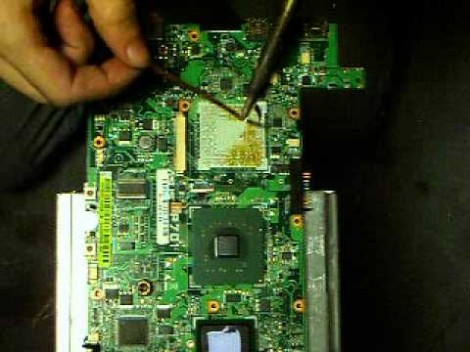
Swing sets and jungle gyms are good enough for your average back yard. But if you want to go extreme you need to build your own backyard roller coaster.
This impressive offering uses PVC pipe for the rails. At its tallest it stands 12 feet, using pressure treated 4×4 lumber as the supports. Pressure treated spacers span the tracks, with the uprights — which are cemented in place — in the center.
You can get a better look at it in the video after the break. This is a parent-powered system. Strap you kid in and then use a stick to push the car up to the top of the hill. We just love it that before the kart has made it back to the start the child is already screaming “again daddy”!
It doesn’t look quite as fast as the metal back yard roller coaster we saw some time ago. But we do wonder how they bent the PVC pipes and whether they’re strong enough to pass the test of time (especially being exposed to the sunlight)? Continue reading “Manpowered PVC Rollercoaster”
















